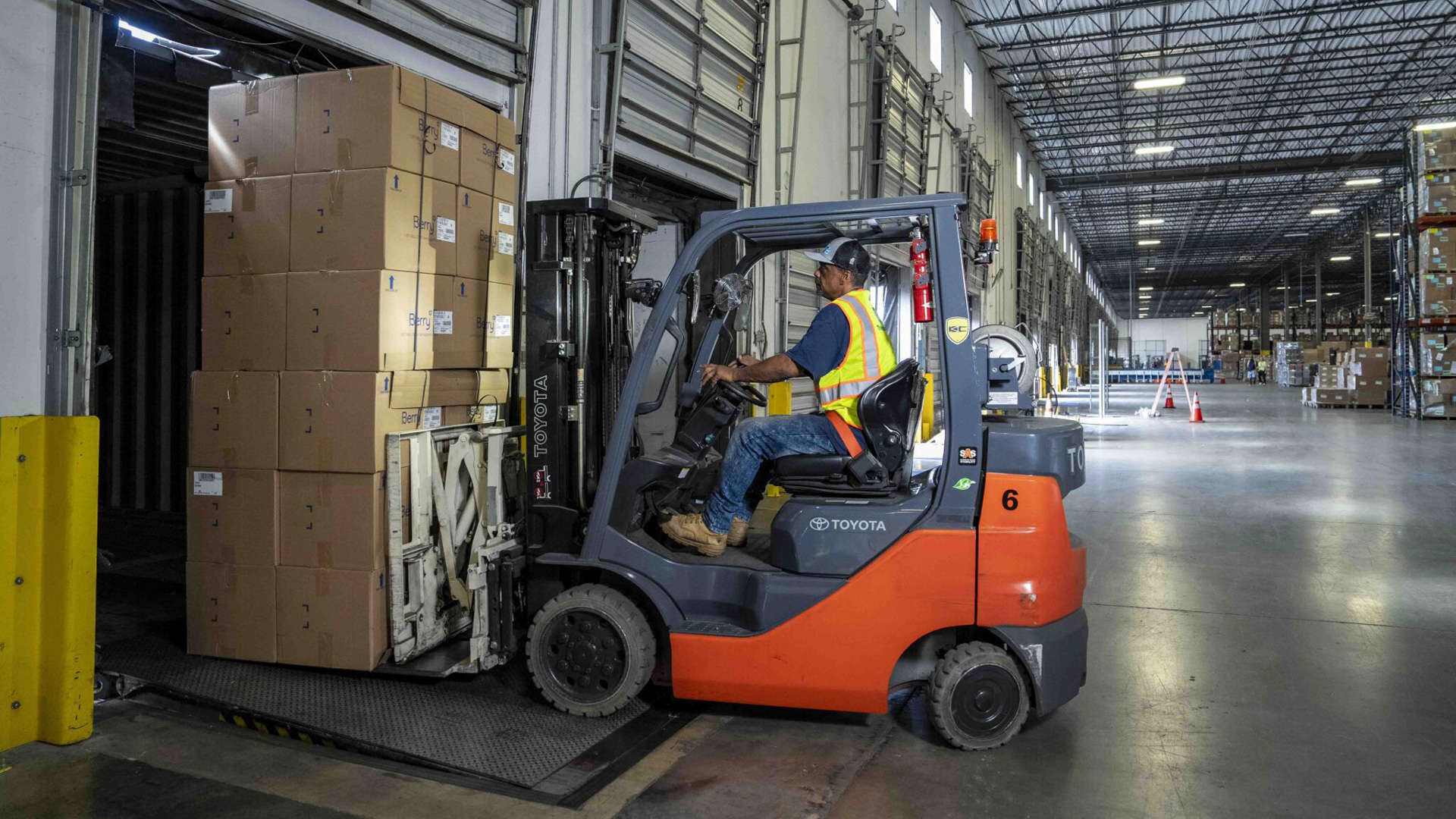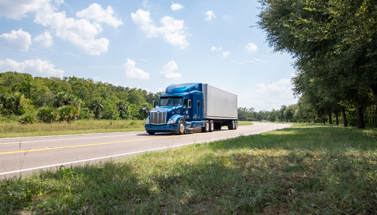
5 Benefits of Cross Docking
In a world where shipping is moving at unprecedented speed to keep up with consumer expectations, it is more important than ever to streamline your supply chain while still maintaining cost efficiencies.
Enter cross docking. This logistics operation involves moving freight from one piece of transportation equipment to another at an intermediary location, usually a warehouse or cross docking facility. Having this facility for cargo exchanges allows shippers to bypass the need for warehousing and move their goods through the supply chain more quickly.
Here are 5 ways cross docking can benefit your operations.
5 Benefits of Cross Docking
1. Supply Chain Optimization
Since cross docking enables you to move your cargo from one type of equipment to another, you can choose the most efficient type for each leg of the journey.
You can also consolidate cargo from multiple shipments into one container or truck at a cross docking facility. Moving multiple shipments into one source of transportation can both increase delivery speed and lower costs.
2. Shipment Flexibility
Having some flexibility in your transportation can make a big difference in ensuring your supply chain runs as smoothly and economically as possible. Flexibility may look like using intermodal transportation instead of over the road if your product has a slower sales cycle, allowing you to take full advantage of the storage cost savings that cross docking offers.
These are two more ways that cross docking can accommodate flexibility in your operations.
Accommodate Schedule Changes
When changes to a delivery window happen, you can avoid paying detention fees for the driver to stay with the load until the new delivery window, by having the cargo temporarily warehoused at a cross docking facility. A new truck can be dispatched to pick up the shipment from the cross-docking facility and deliver it during the new window.
Avoid Unexpected Obstacles
Natural disasters, strikes, and traffic are all unexpected obstacles that you may encounter. It is a good strategy in general to have a diverse network of carriers to help you avoid these issues. Cross docking is another tool you have at your disposal. Instead of letting obstacles slow down your supply chain, cross docking allows you to divert your shipment and keep it moving without being impacted by delays.
3. Reduce Transportation Costs
Cross docking allows you to be agile and make the most cost-effective transportation decision for each leg of the journey. For example, it is much more cost effective to use cross docking to transfer cargo into a smaller truck for final mile delivery than it would be to send a full truckload to each delivery destination.
4. Lower Warehousing Costs
Warehousing is another cost that is minimized by cross docking. Instead of paying for warehouse space where your goods sit until they are ready for fulfillment, using cross docking immediately moves them from the incoming vehicle to an outgoing one for delivery.
Even in situations where cargo must wait at the facility for pickup for a short time, there would be no costly space or inventory management fees that are associated with traditional warehousing.
5. Eliminate Accessorial Fees
Whenever you ship, you run the risk of accumulating accessorial fees. Cross docking can help you avoid some of these unwanted costs.
Detention
Detention is charged when you fail to return equipment to the carrier after pickup during the allowable amount of time. This often occurs with ocean and intermodal containers. You can avoid this extra charge by having your containers unloaded at a cross dock facility, transferring them to a truck or new container, and returning the carrier’s container.
Demurrage
You will incur demurrage charges if your shipment has arrived at the port or rail yard and it has not been picked up within the allowable number of days.
You can avoid these charges by picking up the container from the carrier and temporarily holding the cargo at a cross docking warehouse instead of having it sit at the port terminal or carrier’s facility. When it is ready for delivery, a truck can be scheduled to pick it up at the warehouse to transport it to the next destination.





